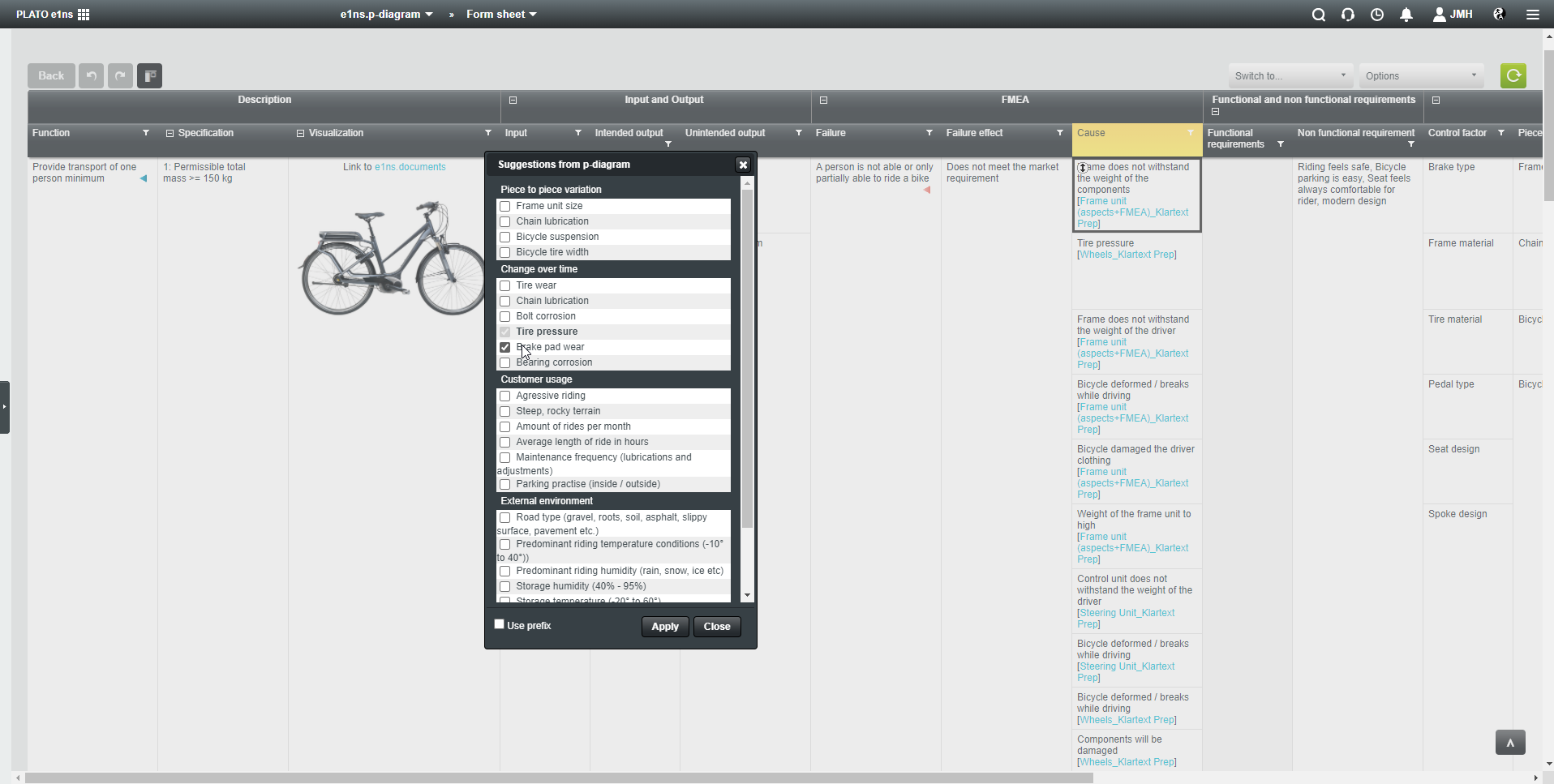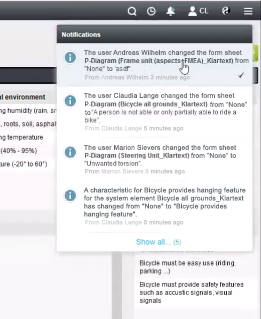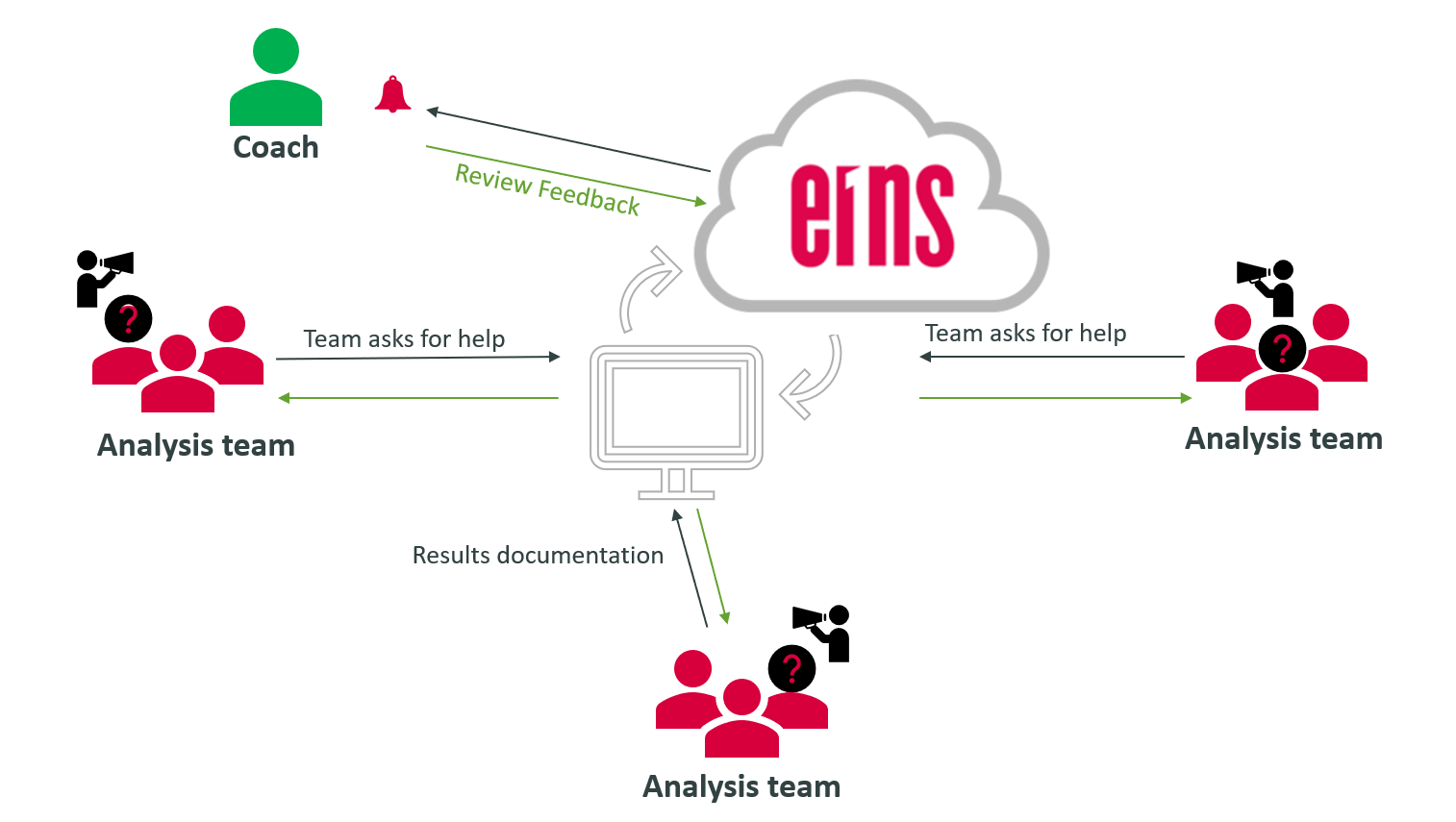Thoughts on FMEA Teamwork
It will soon be a year since so many have switched to location-independent work. I would like to take this as an opportunity to show you two possibilities that simplify the joint creation and work on an FMEA and that are both effective and increase quality.
FMEA software is most effective when it enables engineering teams to work together and share experiences and results. Worldwide, around the clock with networked data - this is the only way to work more efficiently than before. This allows teams to co-develop complex parts and assemblies without having to be physically in the same place - and at the same time.
Especially in large-scale projects, better support for distributed working is desirable and meanwhile already demanded by large companies. The involvement of socalled coaches, who have the task of imparting knowledge quickly and preparing work packages, should e informed about the teams' work results and be available specifically for questions.
To prepare the work packages, access to existing and already tested knowledge is extremely advantageous. The coach uses a template, an ideal copy of a system, adapts it as a variant to the situation at hand, and can assign tasks from it and accompany the project.
There are different, possibly also building- up, approaches to the work packages, both for coaches and team members.
The P-Diagram and the coach button as important tools.
Step 1 - Working together in the P-Diagram
In a web-based FMEA software, the P-Diagram represents a kind of virtual metaplan technique that makes it possible to guide the group precisely online, to focus on a common goal and to achieve results very quickly due to creativity. The coach guides the team through the "meta-plan" in joint virtual meetings.
 Figure 1: The P(arameter) Diagram provides the coach (or facilitator) and his team with a new tool to get started with FMEA work.
Figure 1: The P(arameter) Diagram provides the coach (or facilitator) and his team with a new tool to get started with FMEA work.
Step 2 - (A)synchronous work in teams
In a further step, the teams can work independently of each other and via web access in the subsystems on the P-Diagram and compile their knowledge. An open, integrated system approach makes it possible not only to see one's own work status, but also to overview all the influences of their decisions on other disciplines. The coach can make adjustments to the entries in parallel to the group or for himself and gradually prepare the terminology for the FMEA. The insights gained can be individually transferred to the system analysis and the FMEA via suggestion lists.
 Figure 2: In addition to the graphical representation (meta plan) of the P-diagram, editing is possible in a form. Here, data from the FMEA are also displayed (failure, effect, cause).
Figure 2: In addition to the graphical representation (meta plan) of the P-diagram, editing is possible in a form. Here, data from the FMEA are also displayed (failure, effect, cause).
Step 3 - Working at system level
The processing of entire structures can also be carried out simultaneously by different expert teams. The coach, i.e. the responsible body (e.g. also for moderation or project management) is kept informed about updates via "notifications" and can follow the work of he groups. In order to be able to draw on the necessary knowhow as a team member and thus to make use of help outside of team meetings, coaches can also be requested individually here.

Figure 3: Notifications inform the responsible body about changes, new entries, etc.
Help for users (FMEA team members) at the push of a button
A "coach button" is suitable for this scenario. With just one click, previously selected and defined project or FMEA managers can be contacted directly from the software. They are notified by e-mail and a link is sent to the point in the application where the user need support. The question can be freely formulated in the e-mail. In this way, the expertise of coaches or those responsible can be accessed quickly and easily outside of meetings. However, expanding distributed work is not only useful for large development projects. Involving coaches can also be interesting for companies that do not have their own FMEA moderators, because access to the knowledge of externally involved moderators is also quick and easy.

Author: Julia Meyer-Holderbaum, published in FMEA Konkret, Edition 21-12